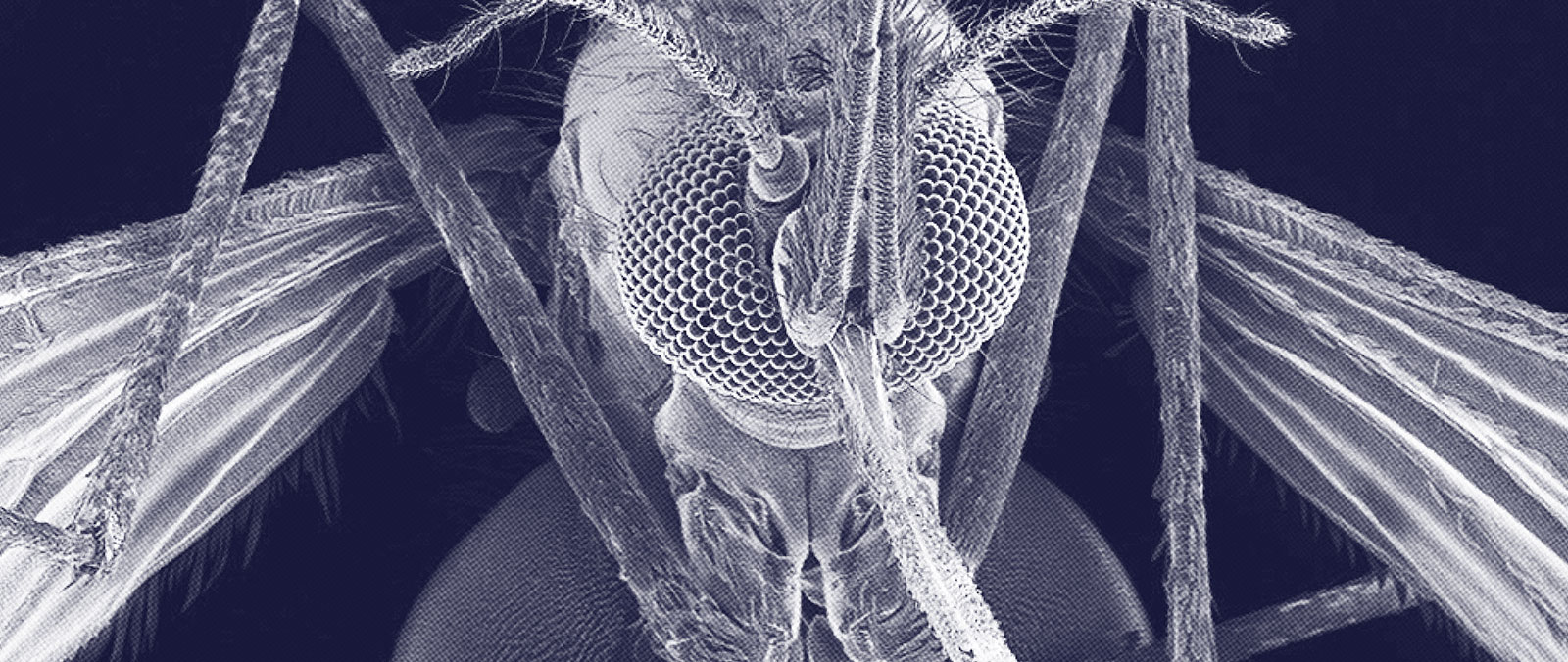
Research
What pathogens do invasive mosquitoes carry?
In addition to collecting data with the help of citizens, we also carry out long- and short-term trapping in different areas of the country. We launched three different campaigns related to trapping:
During the first campaign, we carried out short-term trapping in 73 locations where we expected the presence of the Asian tiger mosquito (Aedes albopictus). Some of these were carried out in the gardens of our volunteers! We captured a total of 18,318 specimens of which 1,623 were Asian tiger mosquitoes (at 34 locations).
In the second campaign, we carried out long-term trapping in the capital, near Lake Balaton and in a few additional locations. These permanent traps caught a total of 34,346 specimens, including 6,367 Asian tiger mosquitoes.
Our third campaign was conducted in collaboration with the National Center for Public Health and Pharmacy, during which we conducted two-day sampling sessions in areas where human or equine West Nile virus infections were reported. 4,300 mosquitoes were caught in these locations.
In 2024 the Mosquito Monitor embarked on a new type of program, namely the continuous pathogen testing of invasive mosquitoes in Hungary. The aim of the program is to have up-to-date information on the infection rate of invasive mosquito species, thus helping epidemiological preparedness and contributing to the operation of public health.
For weekly pathogen testing, we use mosquitoes caught by our permanent traps. The samples are prepared in our molecular biology laboratory and then tested for a number of pathogens with the help of our partners. The National Center for Public Health and Pharmacy tests for chikungunya, dengue and zika viruses. This year, a total of 4,373 invasive individuals were screened. During our tests, we did not find any samples positive for the mentioned pathogens. The Centre for Ecological Research also tests for nematodes (Dirofilaria species), during which the presence of the pathogen in non-invasive mosquitoes was confirmed in 11 cases.
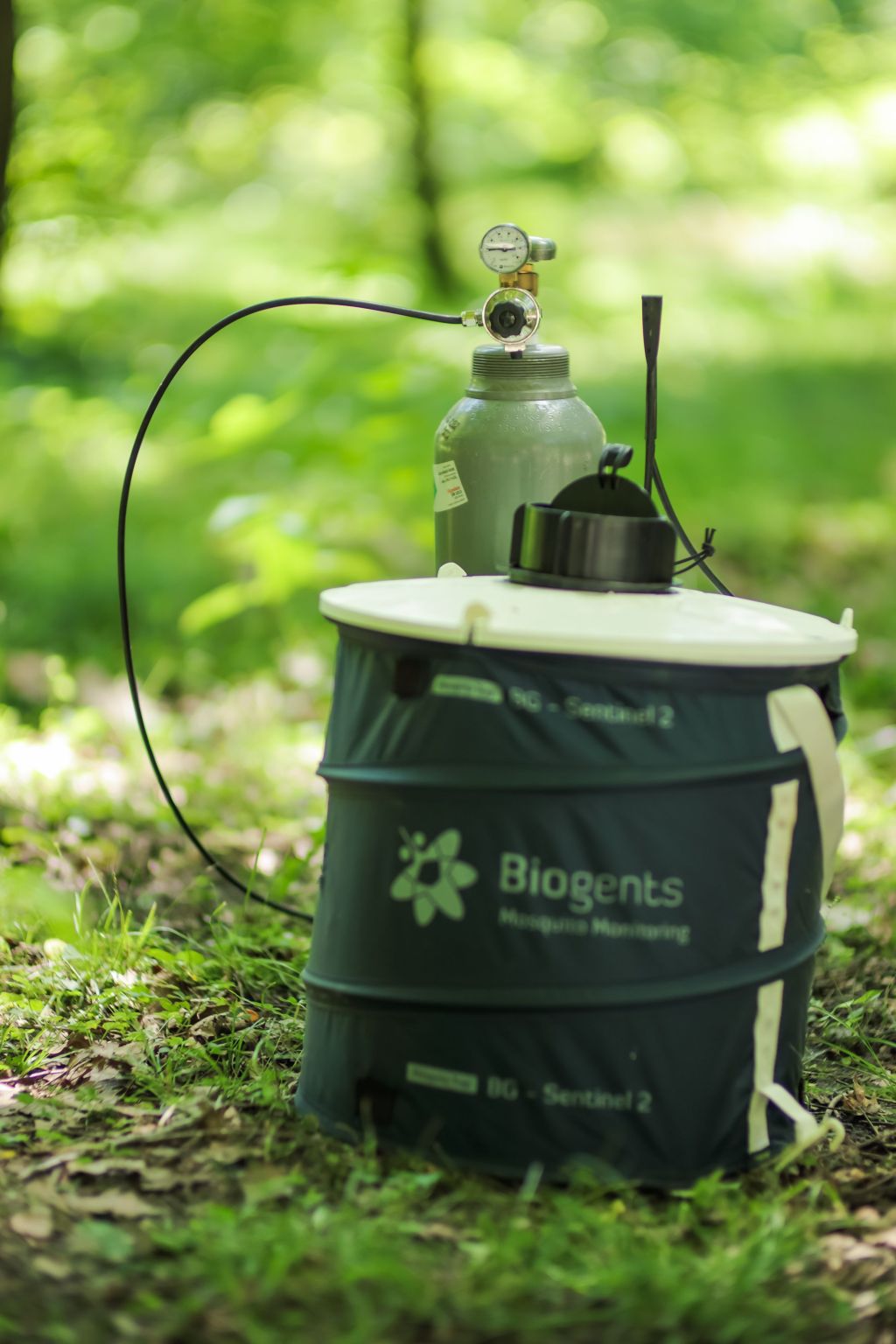
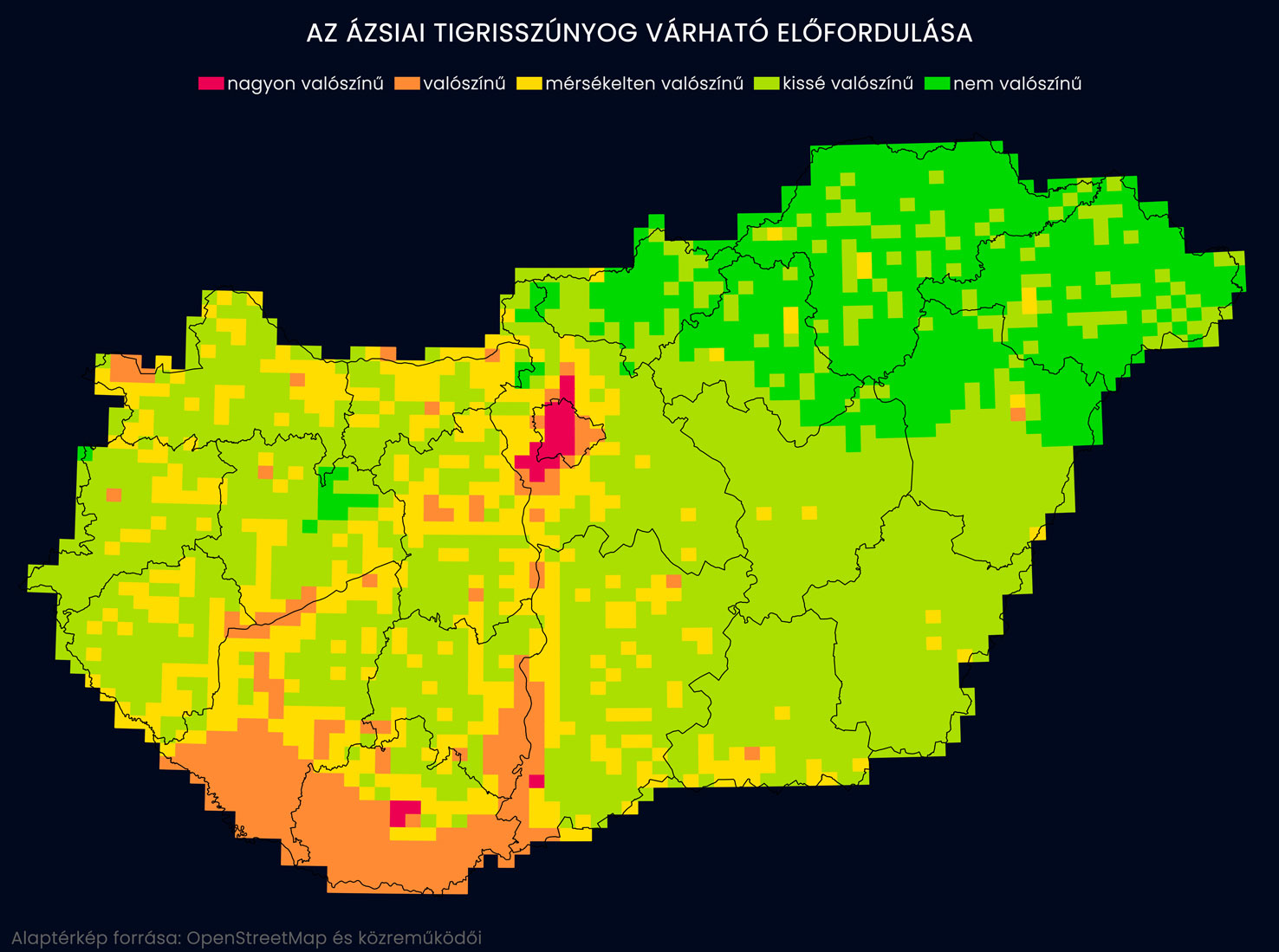
Where are invasive mosquitoes found now and where can we expect them in the future?
The large number of public reports and additional trapping data allowed us to examine the environmental factors contributing to the spread of the invasive mosquito species across the country. These include, for example, the effects of temperature, precipitation, and urbanization. Out of the 50+ environmental variables examined we selected the most relevant elements with the help of AI and used them to generate prediction maps. The maps shown on the Results page highlight the areas where we can expect the appearance of each invasive mosquito species in the near future.
For further details you can read our paper here:
https://link.springer.com/article/10.1007/s10340-024-01841-7
Do these mosquitoes indeed prefer the city?
It is a general observation that invasive animals and plants often emerge and become established more easily in urban environments. This may happen due to environmental factors like the microclimate of cities, but the fact that they are transport hubs also plays a significant role. Urban (urbanized) habitats may also be more favourable for these three invasive species because there is an abundance of hosts (people and animals) as well as optimal breeding sites (flower beds, rainwater collected in garden sandboxes, etc.). With this in mind we tested the correlation between urbanized habitats and the occurrence of domestic invasive mosquitoes.
Based on the data from Mosquito Monitor we determined that while in the case of the Asian tiger mosquito (Aedes albopictus) there is a strong correlation between the occurrence of the species and the degree of urbanization, no such link can be demonstrated for the other two invasive species.
The full article can be accessed by clicking on the following link:
https://link.springer.com/article/10.1186/s13071-023-05780-7

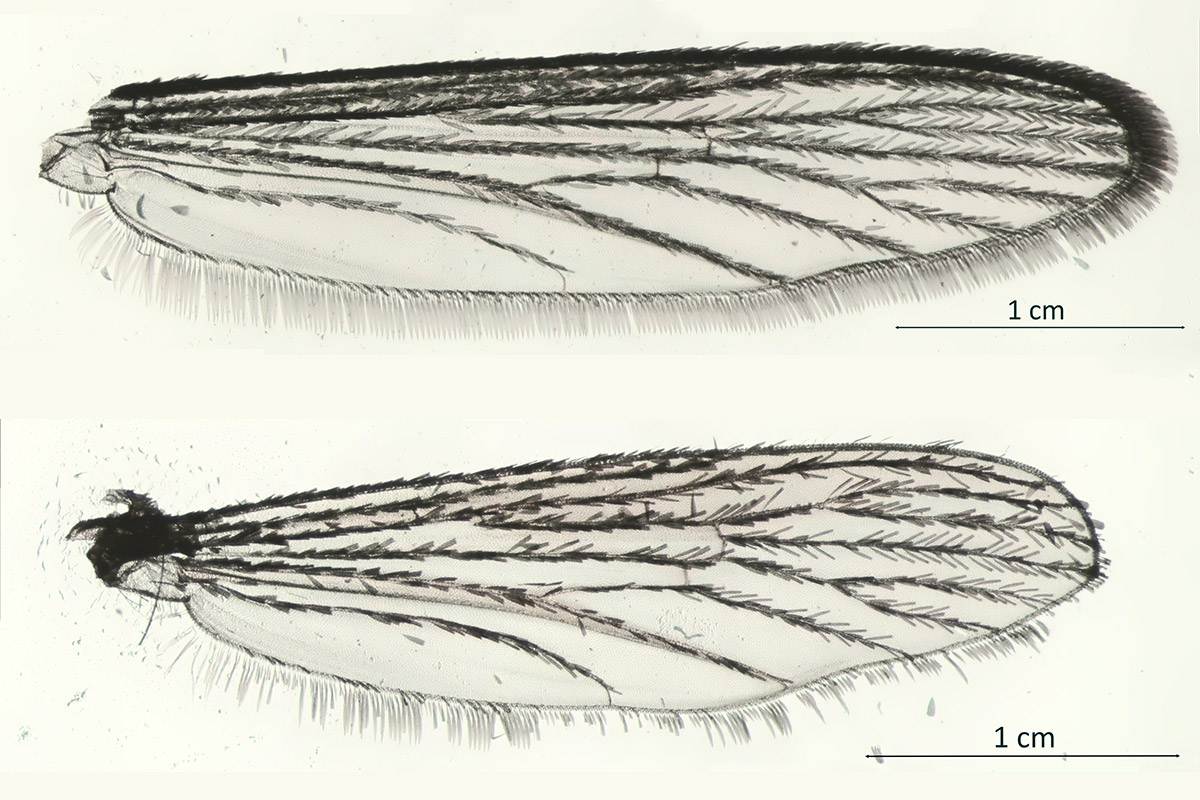
Secrets of a buzz
Since 2024 Mosquito Monitor is operating a breeding laboratory as well, where larvae collected in the wild are raised and then the adults are examined.
Does breeding mosquitoes sound crazy? It’s not! By studying the behaviour of these animals, we can obtain valuable information that can help with mosquito control and contribute to effective epidemic preparedness.
In the breeding laboratory we study bioacoustics: we put adult mosquitoes in a special sound recording box and simply record their buzzing. The recorded sound can vary greatly: not only is it different for each of the tested species, but individual variability and environmental factors can also affect the pitch! For example, the sound changes if the individual has sucked blood, if it has laid eggs, if the humidity is high or the temperature is low.
With the help of mosquito sound recordings and AI we are working on a mobile application that will be able to identify the species of a captured mosquito based on its sound. In addition to providing entertainment the app will also support the Mosquito Monitor program, as it will enable even more effective monitoring.
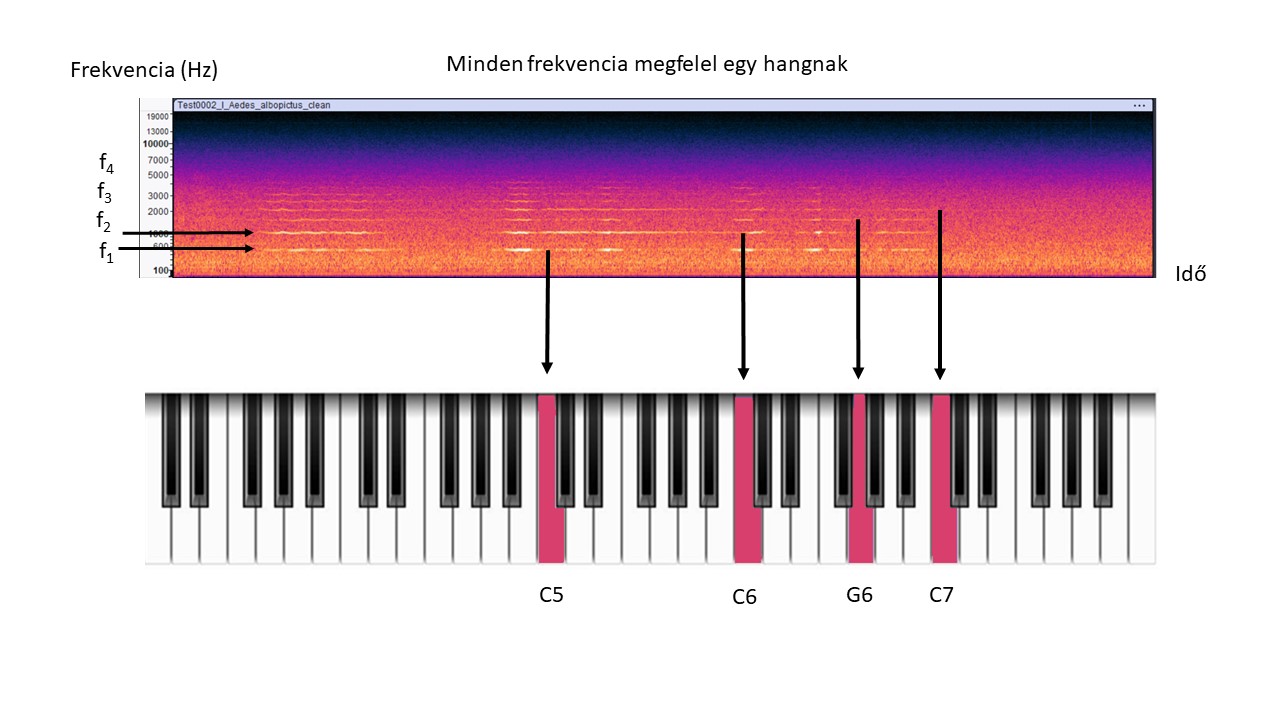
Publications
Garamszegi, L.Z., Soltész, Z., Szentiványi, T., Kurucz, K., Nagy, G. & Bede-Fazekas, A. (2024).
Identifying ecological factors mediating the spread of three invasive mosquito species: citizen science informed prediction.
Journal of Pest Science.
DOI: https://doi.org/10.1007/s10340-024-01841-7
Szentivanyi, T. & Garamszegi, L.Z. (2024).
Is dirofilariosis an emerging conservation threat in wild carnivores across the Palearctic?
Mammal Review, 54, 427-440.
DOI: https://doi.org/10.1111/mam.12353
Garamszegi, L.Z. (2024).
Host diversity of Aedes albopictus in relation to invasion history: a meta-analysis of blood-feeding studies.
Parasites & Vectors, 17.
DOI: https://doi.org/10.1186/s13071-024-06490-4
Szentivanyi, T., Oedin, M. & Rocha, R. (2024).
Cat-wildlife interactions and zoonotic disease risk: a call for more and better community science data.
Mammal Review, 54, 93-104.
DOI: https://doi.org/10.1111/mam.12332
Szentiványi, T., Szabadi, K.L., Görföl, T., Estók, P. & Kemenesi, G. (2024).
Bats and ectoparasites: exploring a hidden link in zoonotic disease transmission.
Trends in Parasitology, 40, 1115-1123.
DOI: 10.1016/j.pt.2024.10.010
Szentivanyi, T., Takács, N., Sándor, A.D., Péter, A., Boldogh, S.A., Kováts, D. et al. (2024).
Bat-associated ticks as a potential link for vector-borne pathogen transmission between bats and other animals.
Plos Neglected Tropical Diseases, 18.
DOI: https://doi.org/10.1371/journal.pntd.0012584
Garamszegi, L. Z., Soltész, Z., Kurucz, K., & Szentiványi, T. (2023).
Using community science data to assess the association between urbanization and the presence of invasive Aedes species in Hungary.
Parasites & vectors, 16(1), 158.
Garamszegi, L. Z., Kurucz, K., & Soltész, Z. (2023).
Validating a surveillance program of invasive mosquitoes based on citizen science in Hungary.
Journal of Applied Ecology, 60(7), 1481-1494.